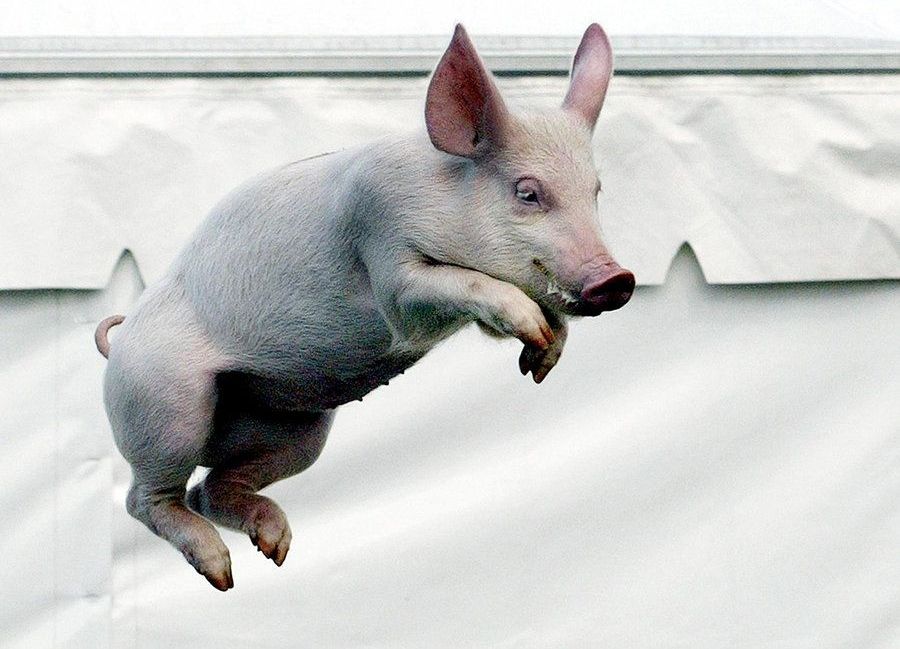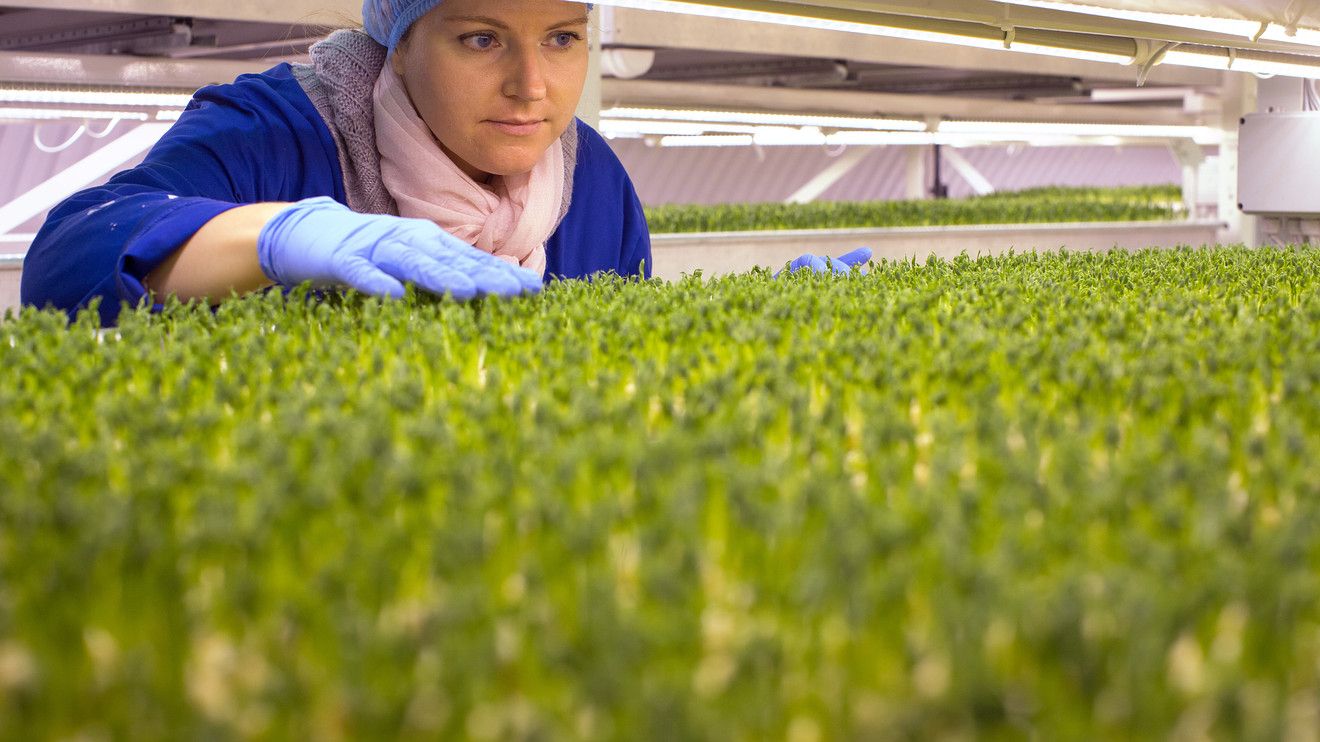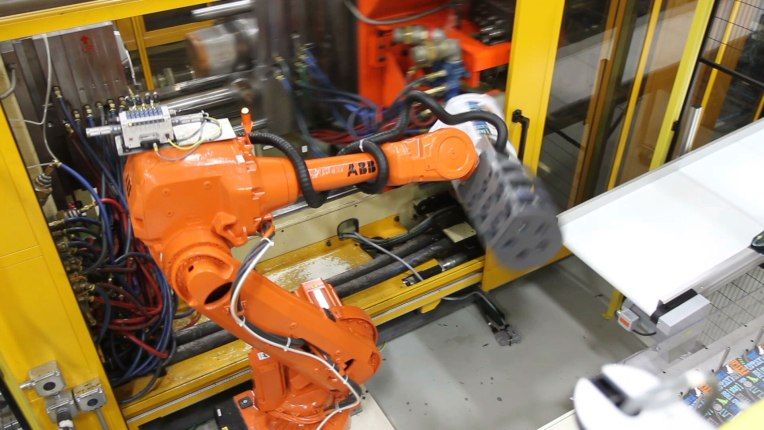Pluripotent stems cells might be the key to creating reliable lab-grown meat.




Robot arms have come a long way since the 1960’s when George C. Devol and Joseph Engelberger created the earliest industrial models. Those had two-finger grippers that, in retrospect, look fit to pluck a rubber ducky out of a bin in a carnival game, but nothing too sophisticated.
By now, robots in factories and warehouses can adjust their grip like human hands, or use suction and pliable materials to move objects wherever they need to go. Problems arise, however, when objects are porous, tiny, or need to be placed with great precision, as with materials handling in textiles, food, automotive and electronics manufacturing.
A startup called Grabit Inc., based in Sunnyvale, Calif., gets around problems with robot dexterity and grip by employing “electroadhesion” to move different materials. Yes, that’s the force that lifts strands of your hair away from your scalp when you rub a balloon on your head.

Let’s be honest: while planting your garden can be fun, weeding it usually isn’t. Not unless you enjoy crouching down for long stretches, anyway. You might not have to endure the drudgery for too much longer, though. Roomba co-creator Joe Jones and Franklin Robotics are launching Tertill, a robot that weeds your garden all by itself. The machine automatically roams the soil, using sensors to identify small plants (you use collars to protect young crops) and chop them down. It’s solar-powered, so you don’t have to dock it — you can even leave it out in the rain.
In addition to pairing with your phone through Bluetooth, the machine has a USB port to charge during particularly gloomy weeks.
The design does require some careful planning to work properly. You need to space your crops loosely so that the robot can kill weeds in between, and you’ll want to avoid any steep inclines so Tertill doesn’t stuck. There will have to be some kind of basic barrier to prevent the vehicle from wandering away, too. You may also have to rethink how you kill weeds. While you’re probably used to pulling weeds out by the roots, Franklin is counting on its bot repeatedly cutting down weeds until they wither and die.

A type of food that has been around for centuries, but is primed to be increasingly relevant to the future: Plant-Based “Meat.”
In this video series, the Galactic Public Archives takes bite-sized looks at a variety of terms, technologies, and ideas that are likely to be prominent in the future. Terms are regularly changing and being redefined with the passing of time. With constant breakthroughs and the development of new technology and other resources, we seek to define what these things are and how they will impact our future.
Uber launched a new app on Thursday called Uber Freight, which matches trucking companies with loads to haul.
The formal launch of the app marks Uber’s long-anticipated move into the trucking industry — potentially disrupting one of the most popular professions in the U.S.
With 9.73 million workers, transportation and material moving is the fourth-largest employment group in the U.S., behind office staff, salespeople and food preparation workers, according to May 2016 data from the Bureau of Labor Statistics. Of transportation workers and movers, general freight trucking and specialized freight trucking are among the industries with the highest employment levels, the BLS said.


Free-range livestock is going to the next level, thanks to a unique, if seemingly silly idea that has recently gone viral. Second Livestock is a free range world for chickens in virtual reality (VR). And yes, just like most of VR’s current applications, it actually works like a game — a massively-multiplayer one full of chickens and with no AI bots.
Scientists’ ability to create organisms through synthetic biology is getting easier and cheaper fueling the start of a new era in biology. Synthetic biology has already lead to some innovations such as lab-grown meat, advancement in medicine, and even helping to bring back extinct species.